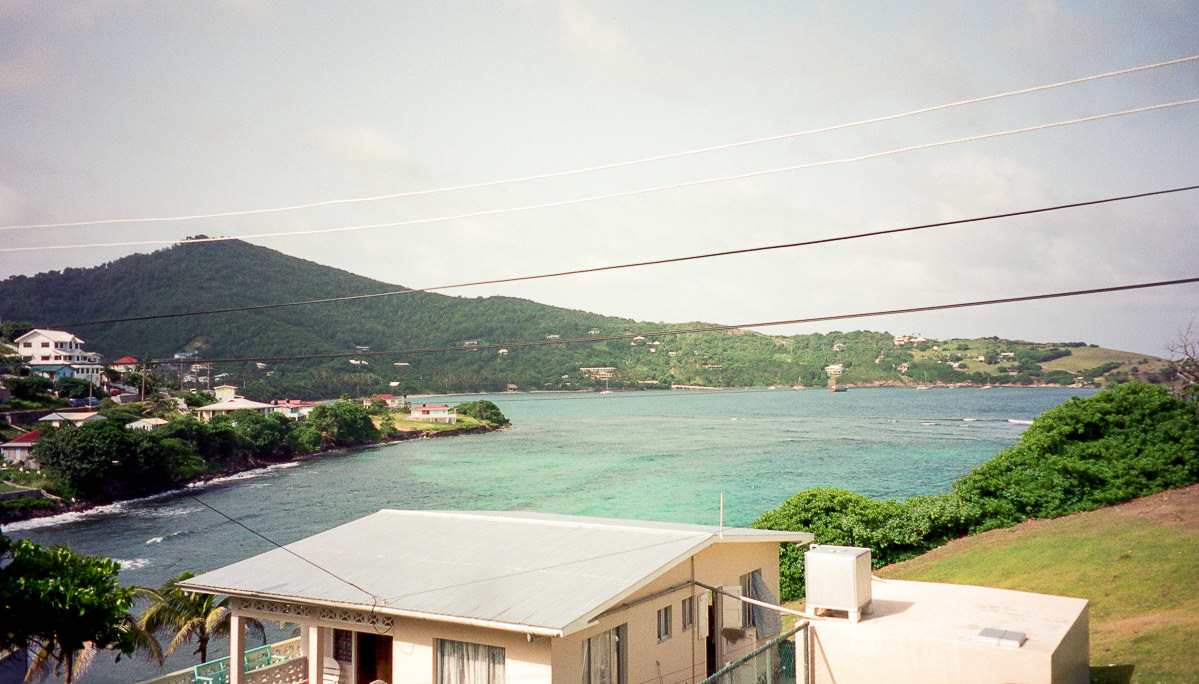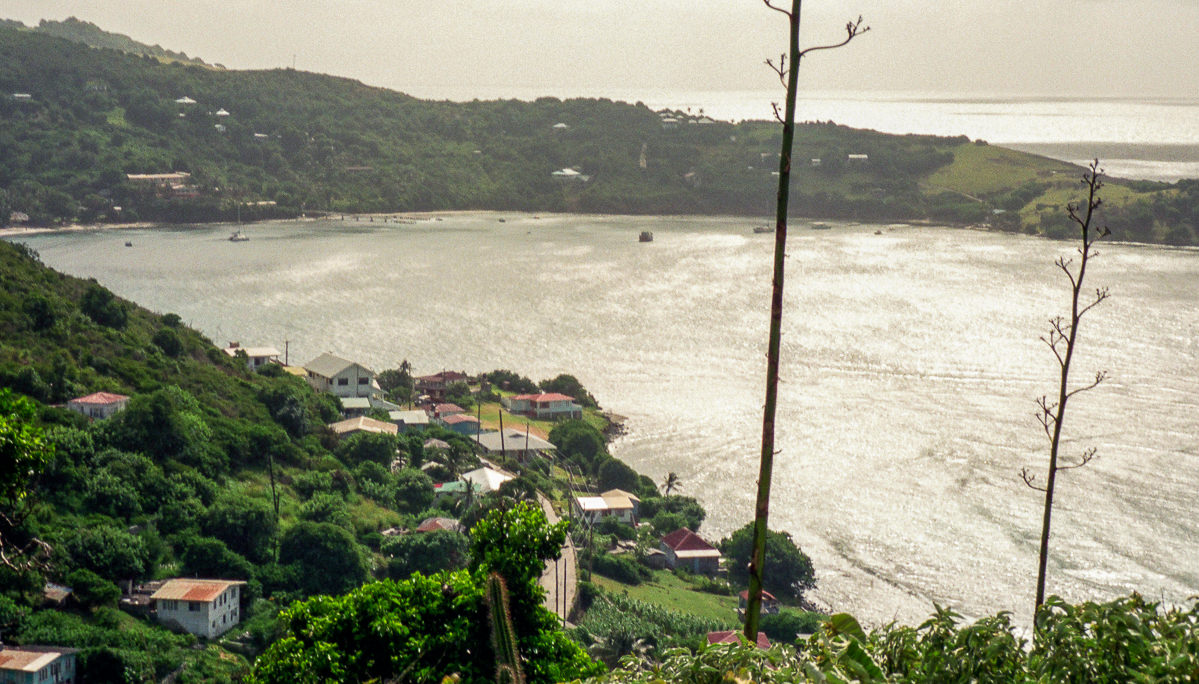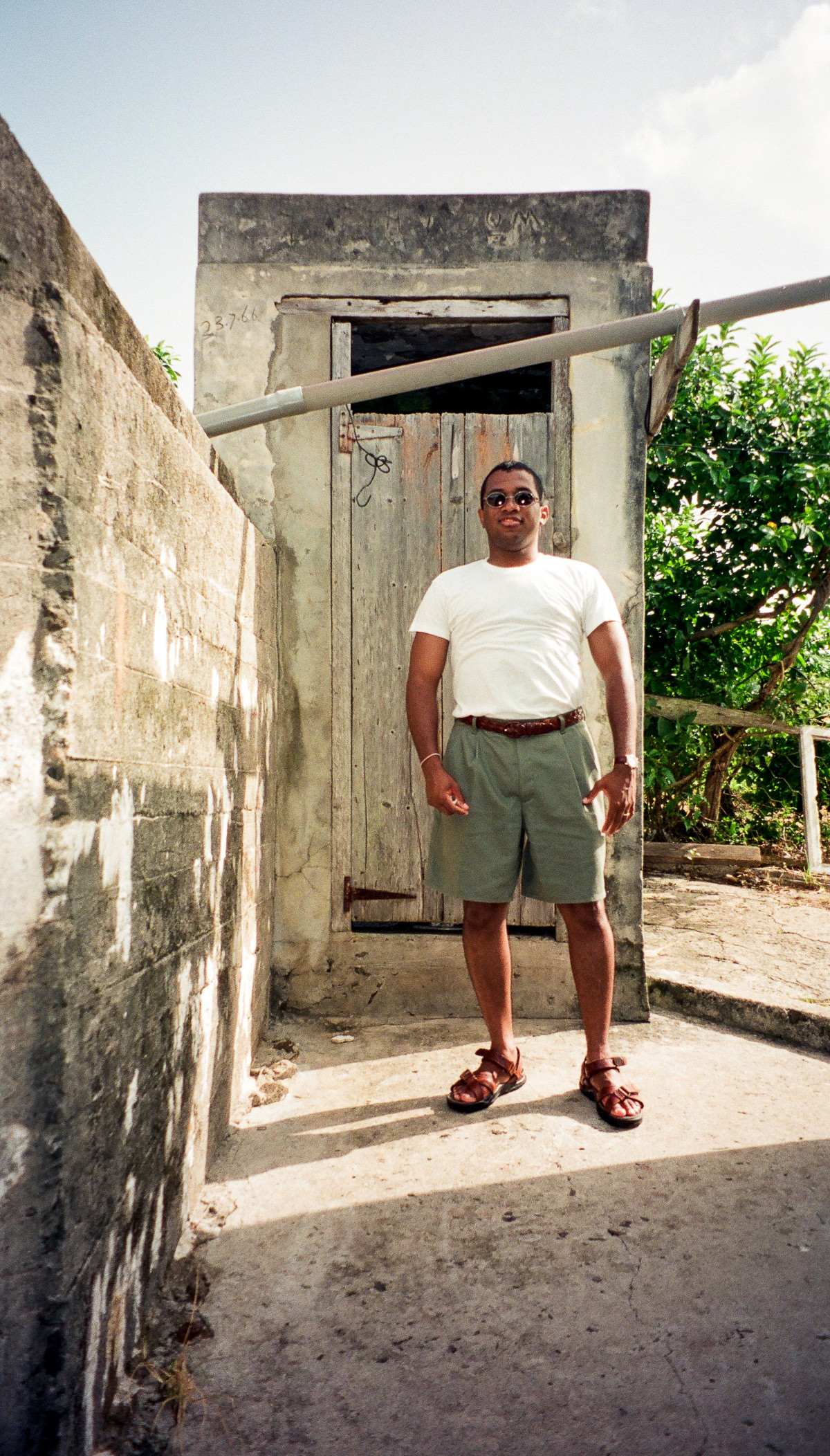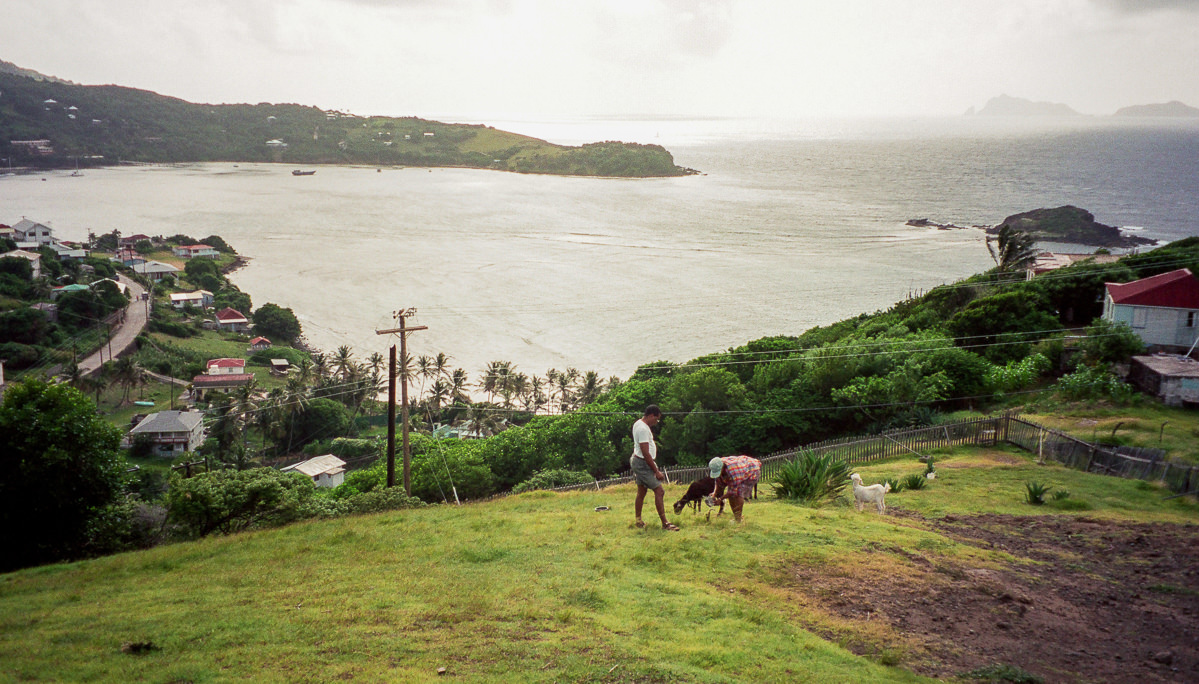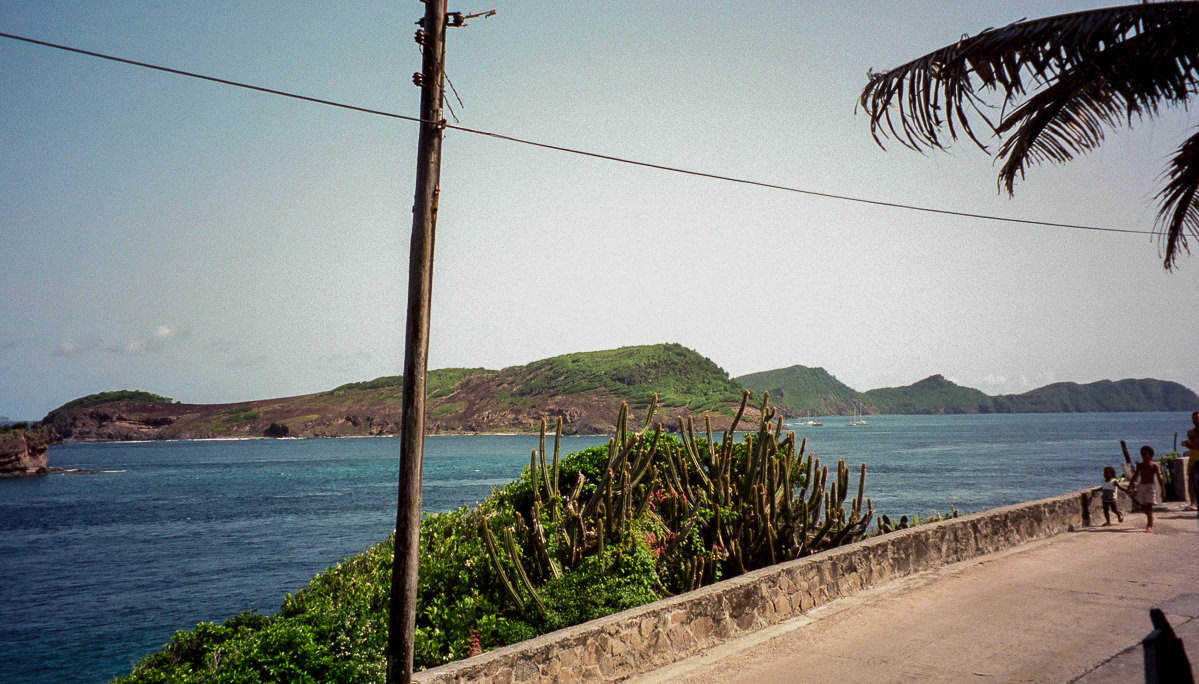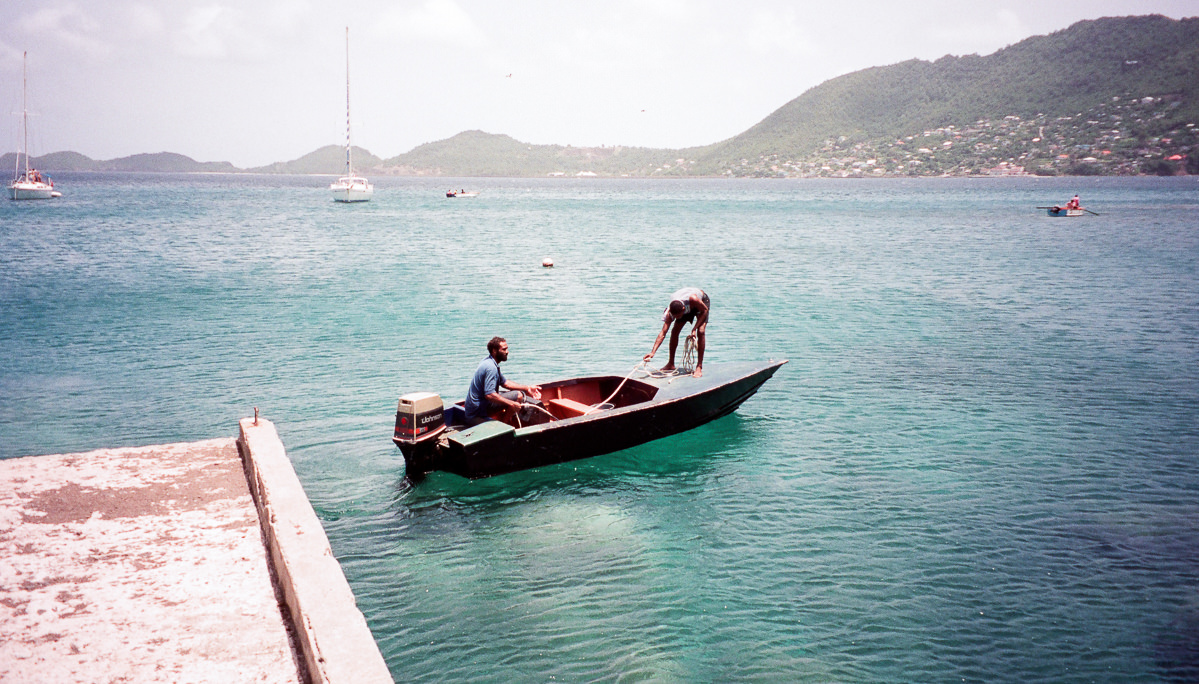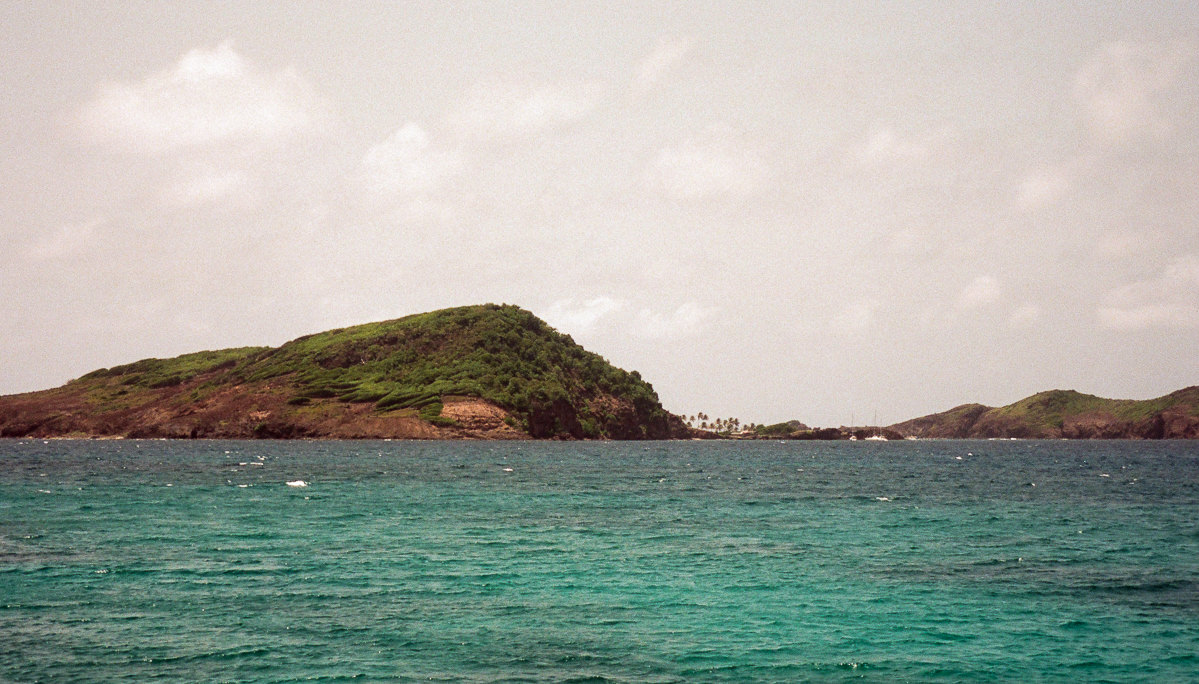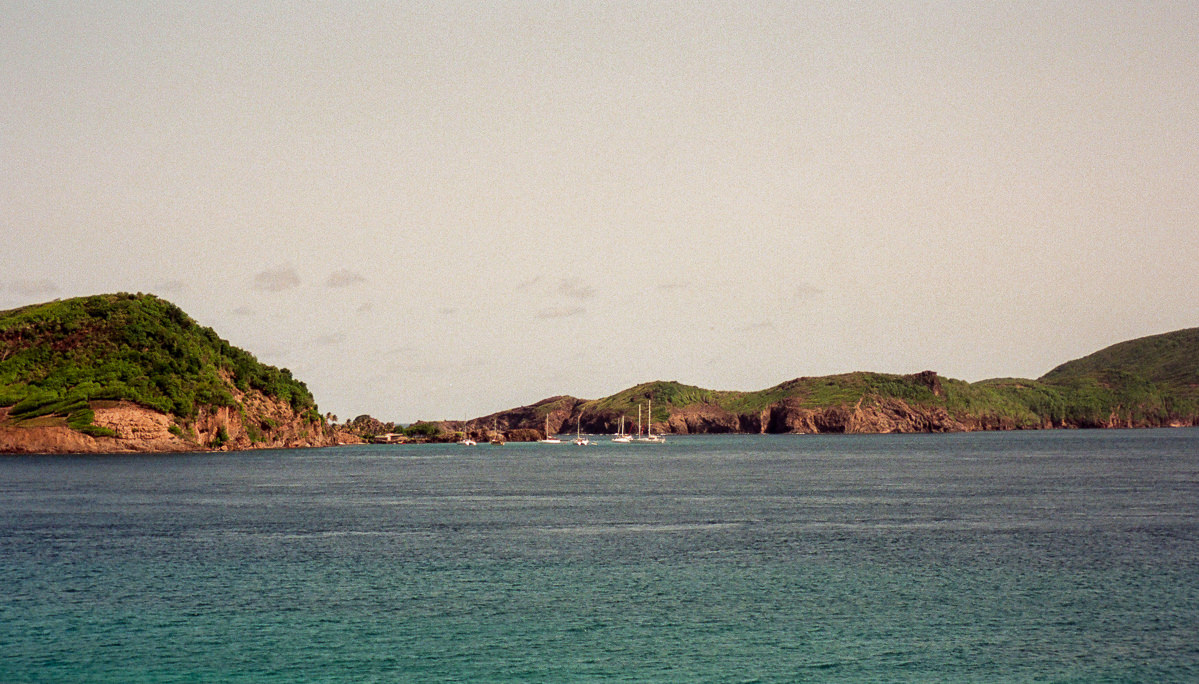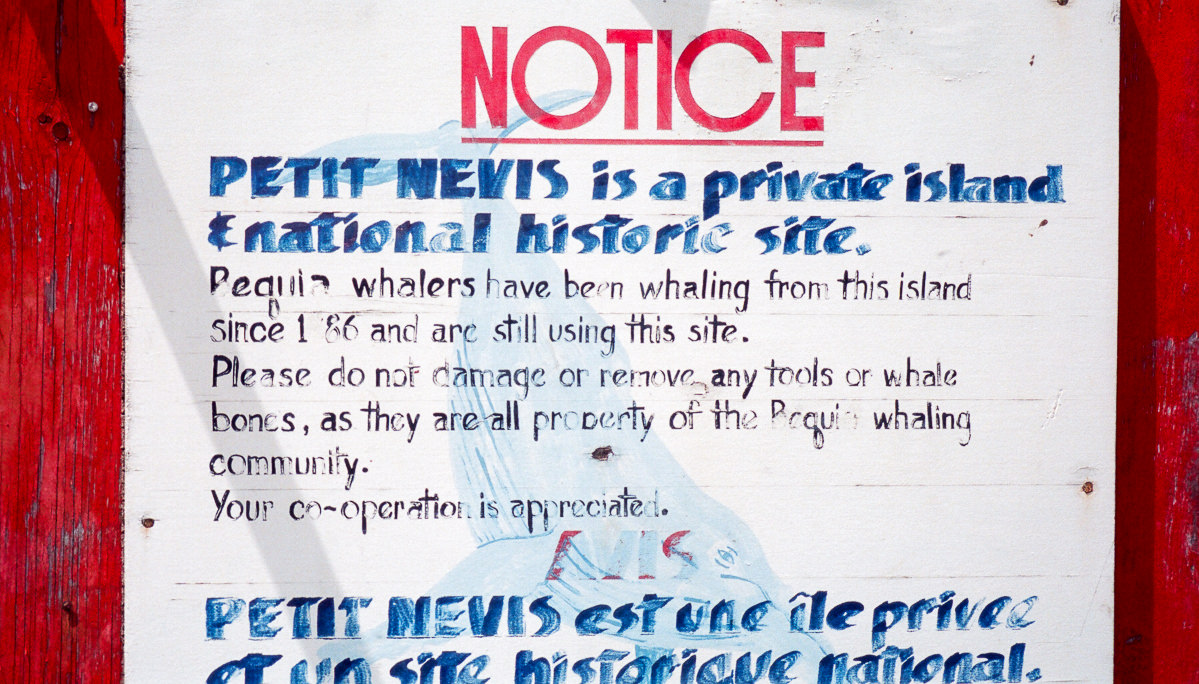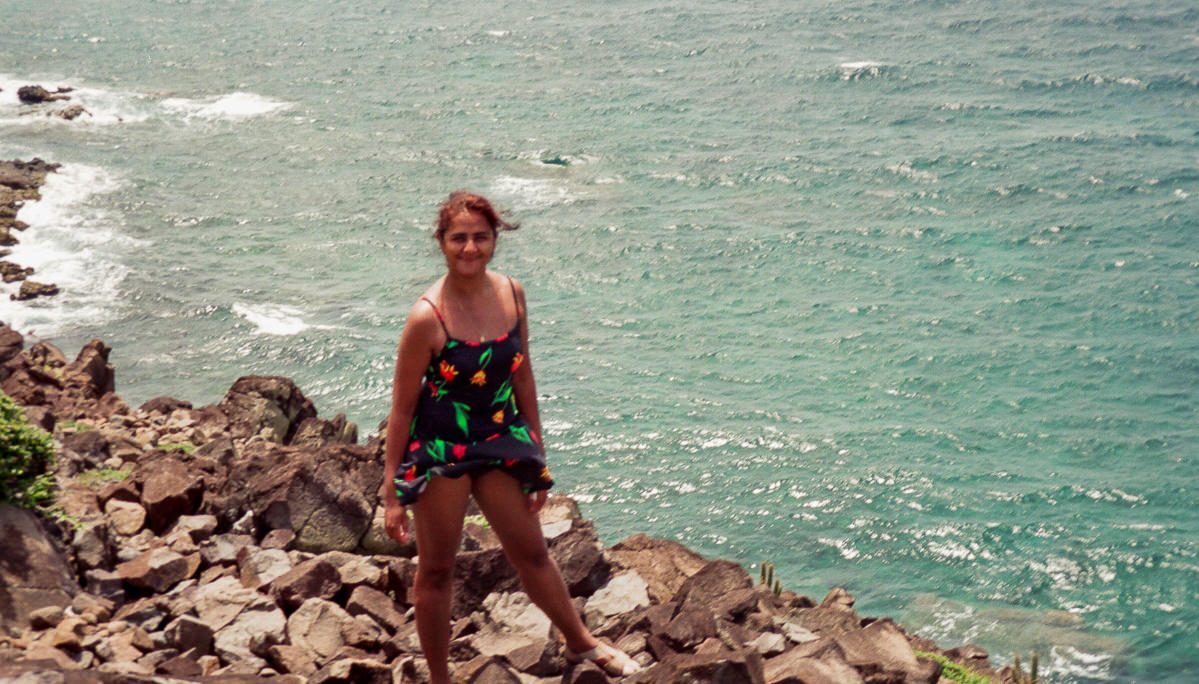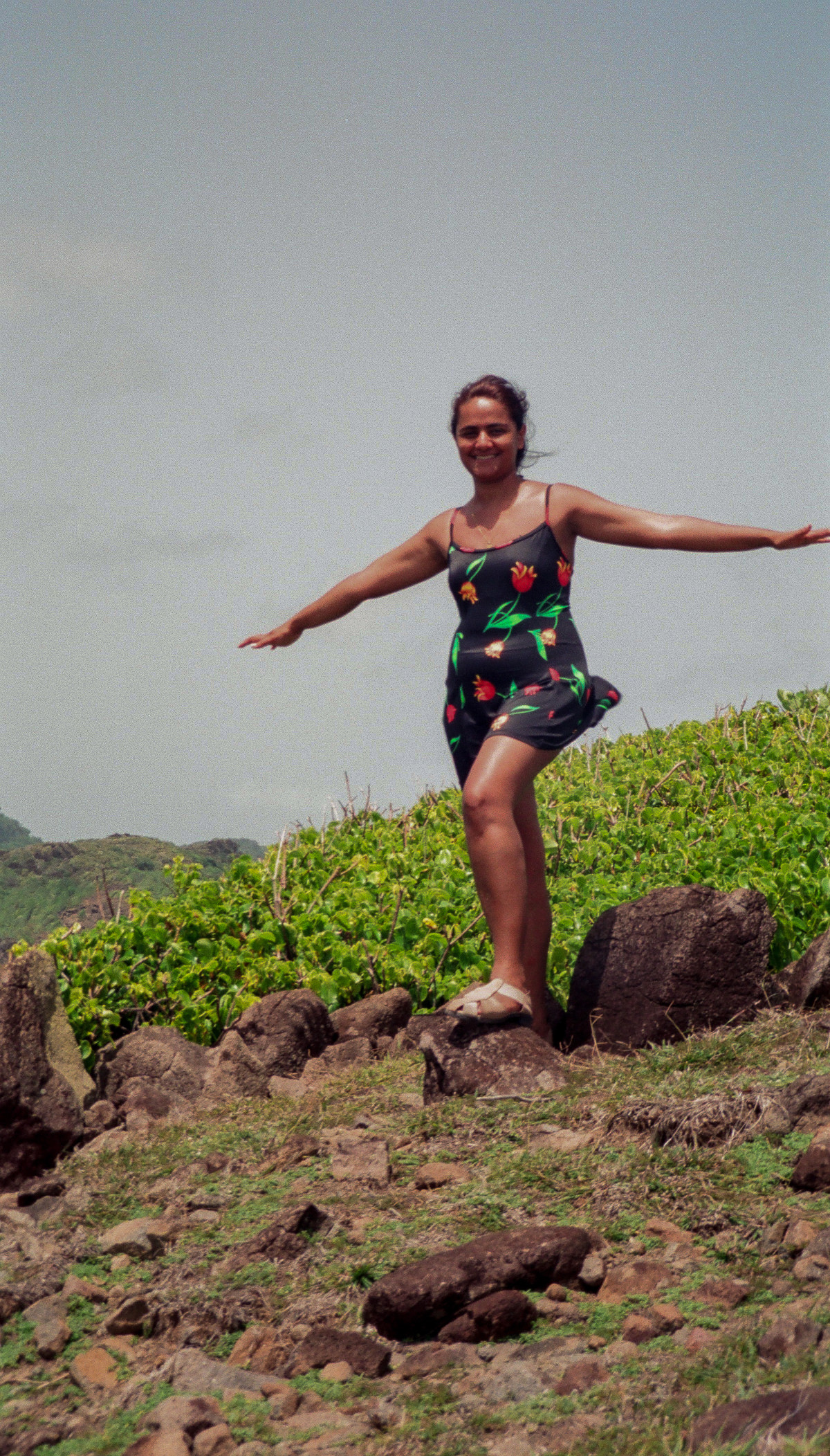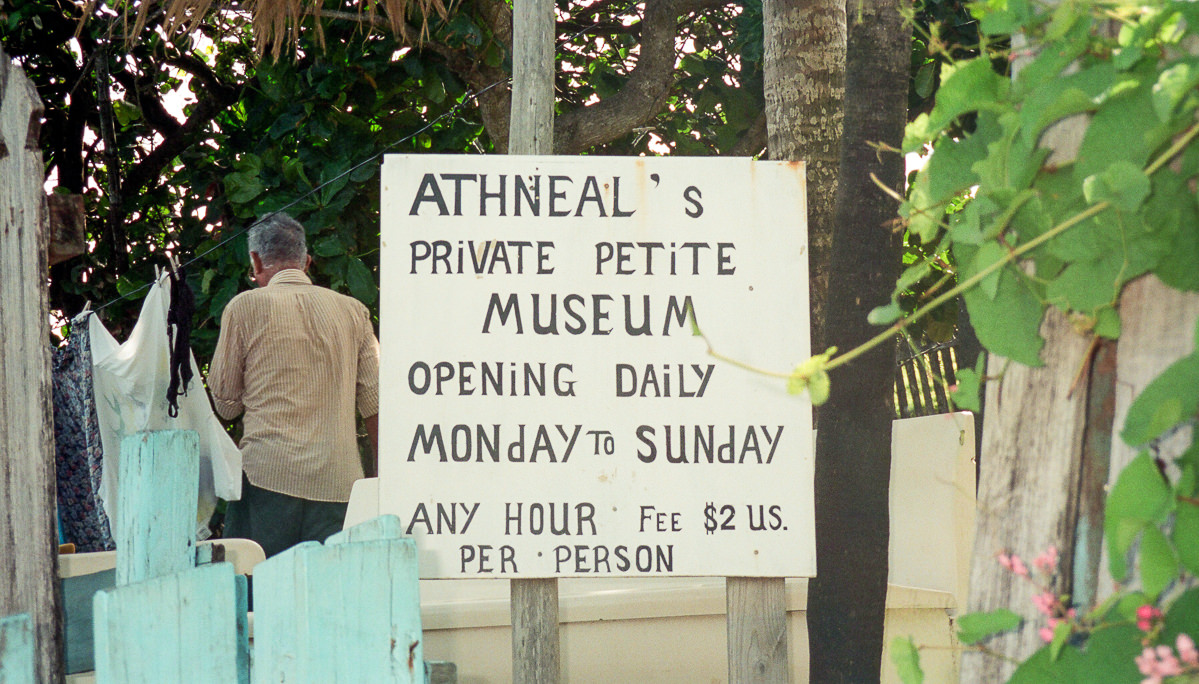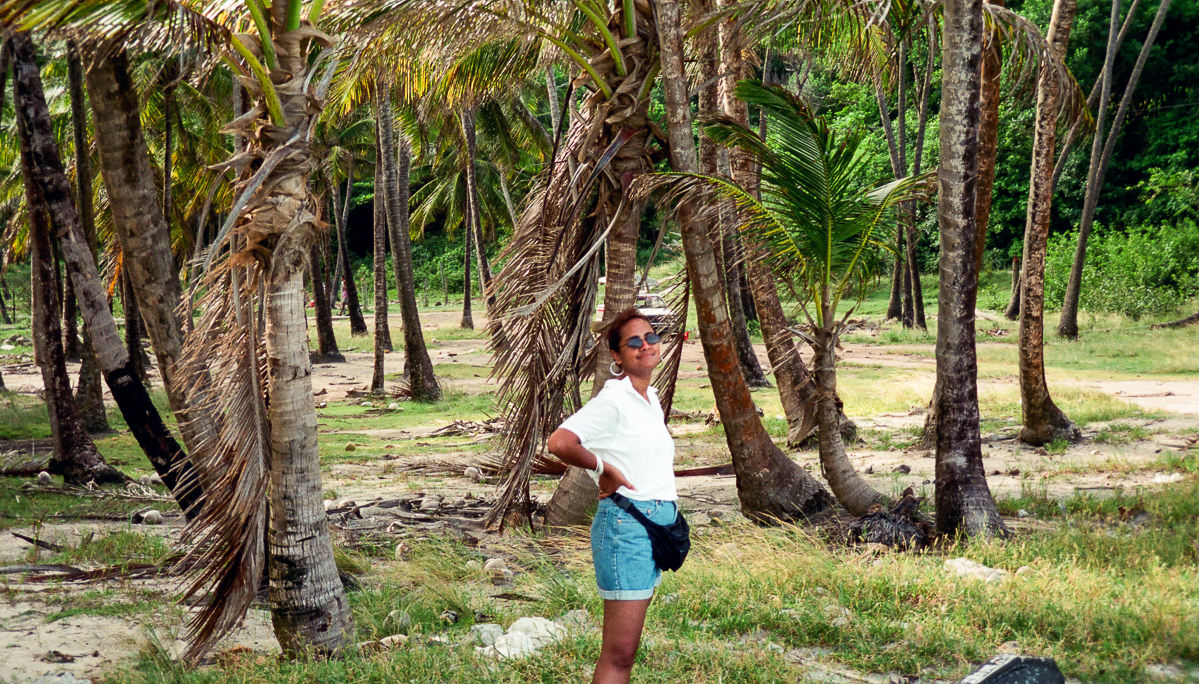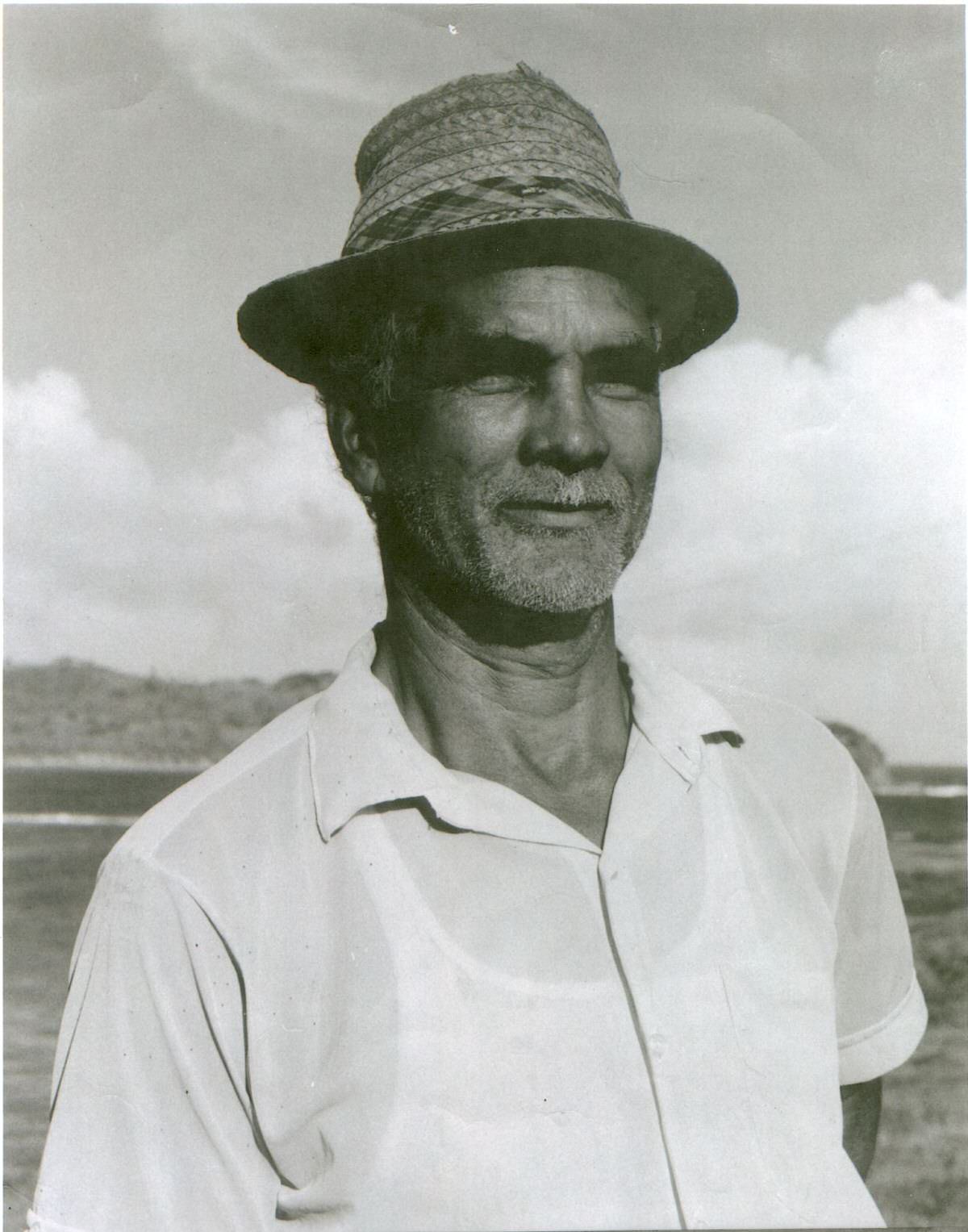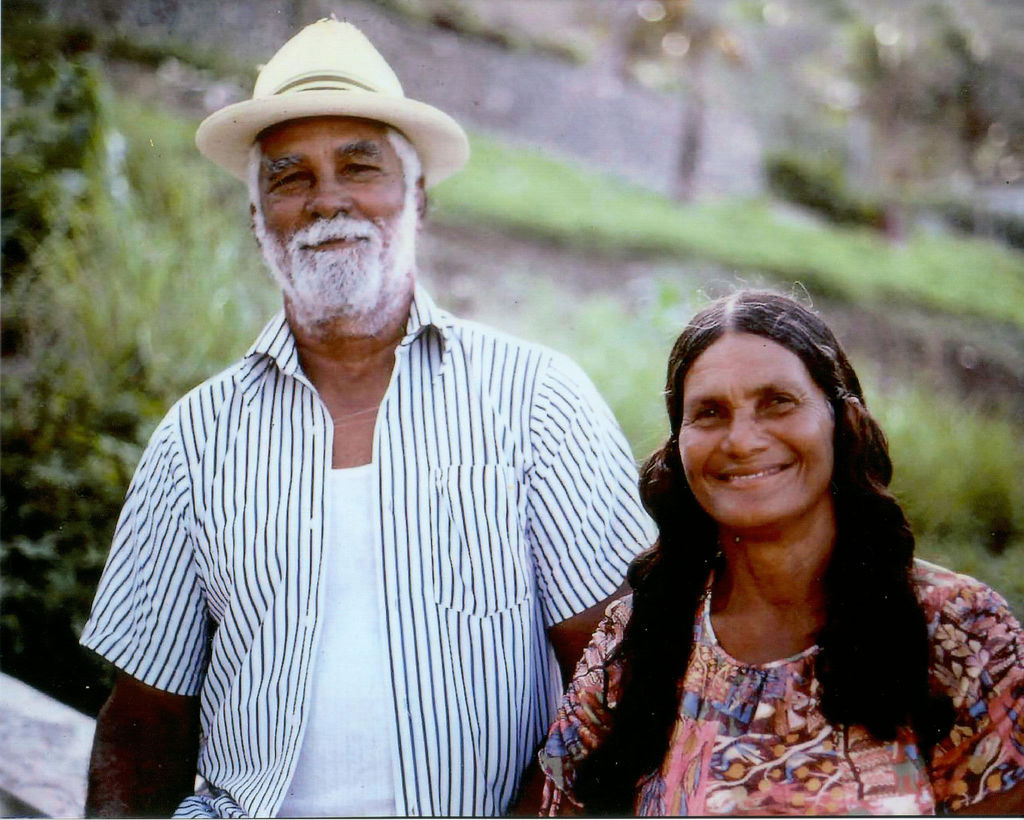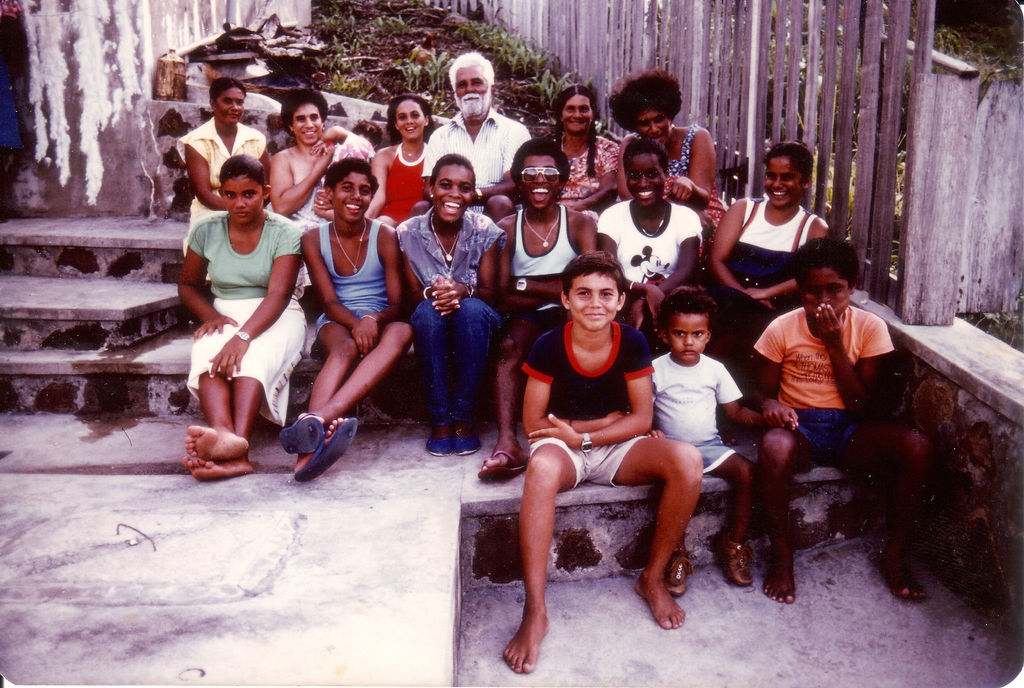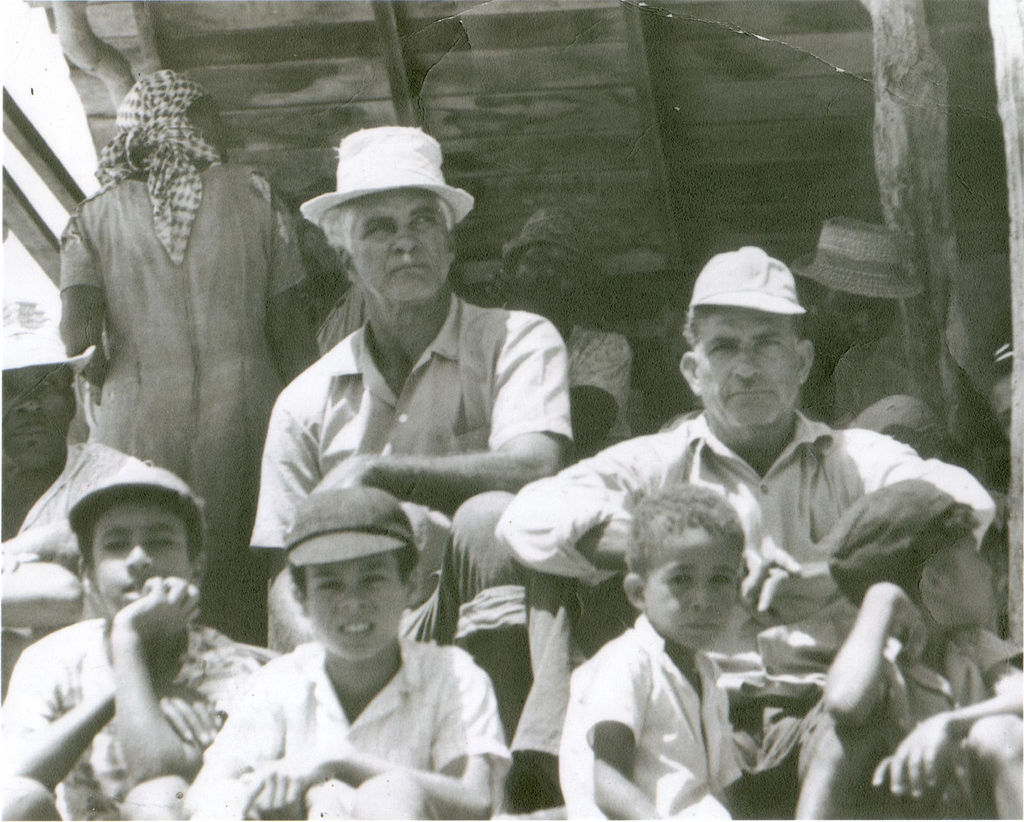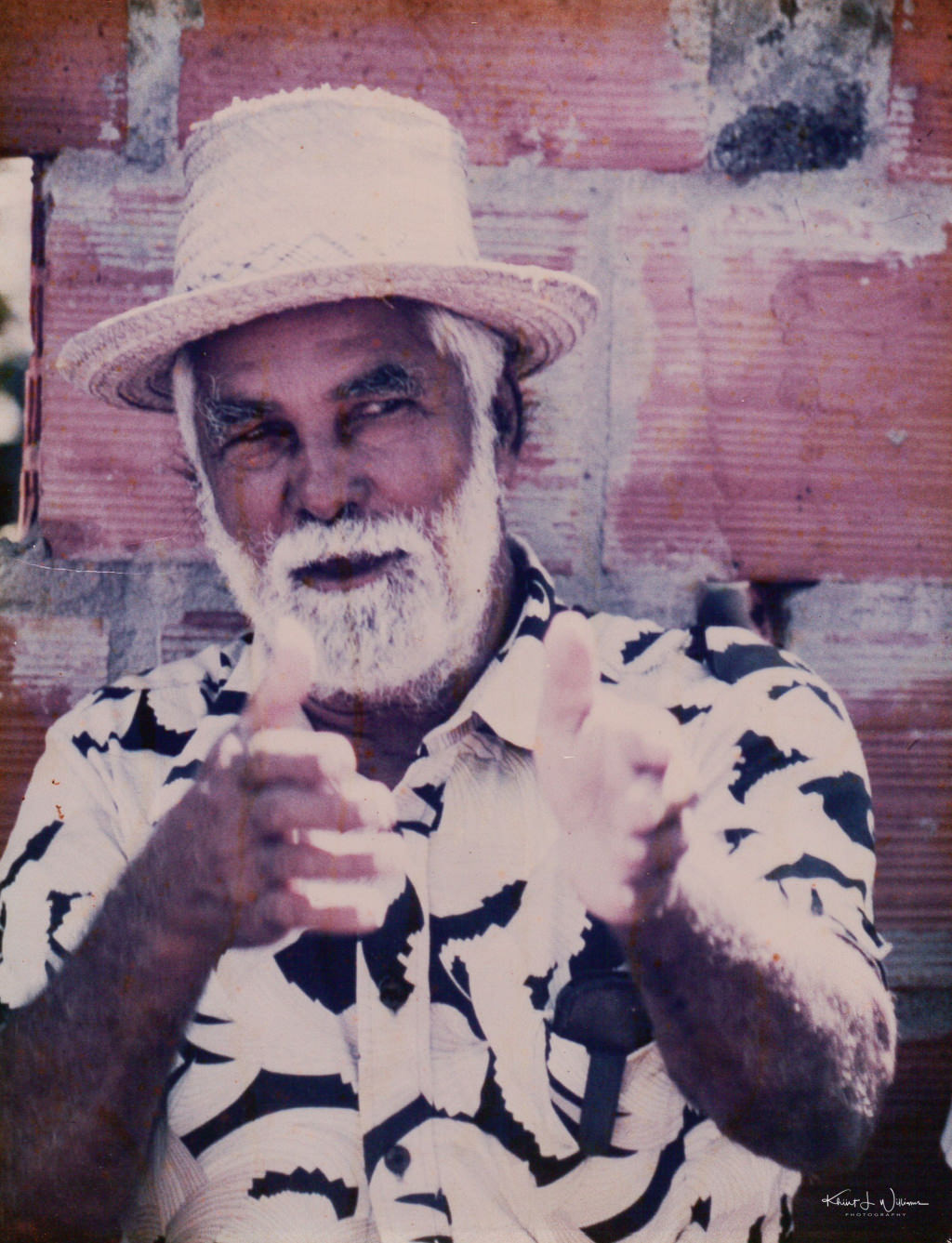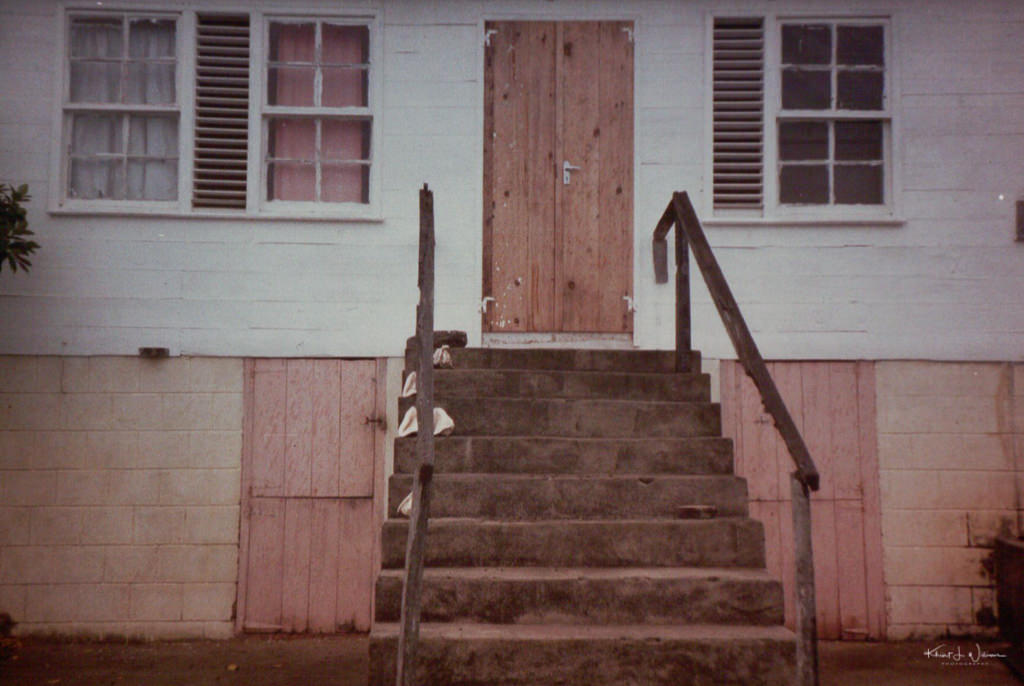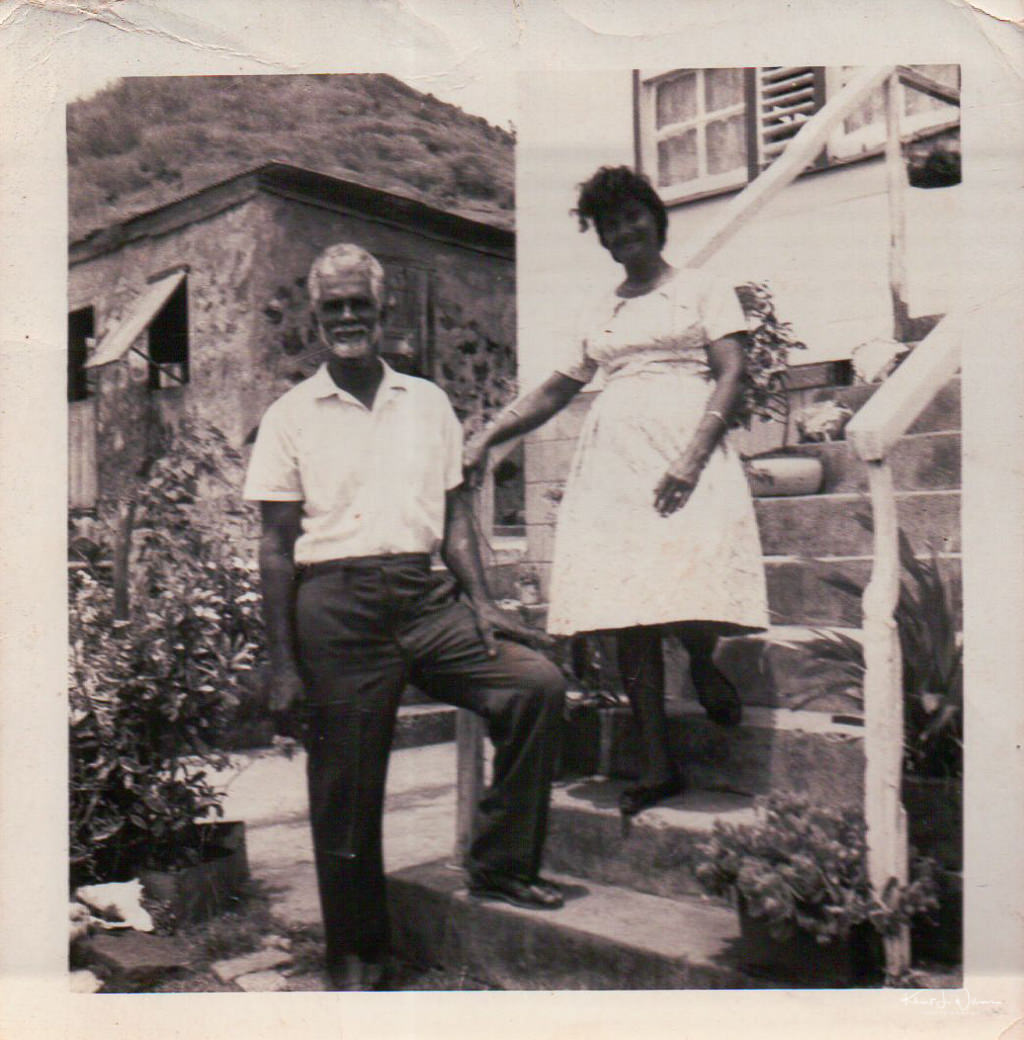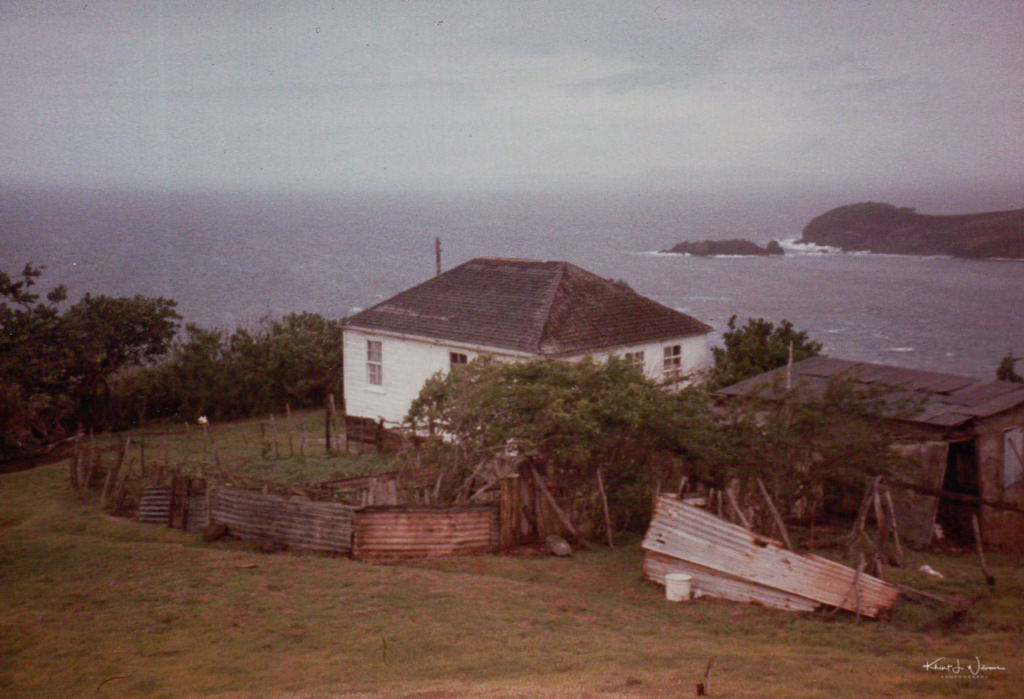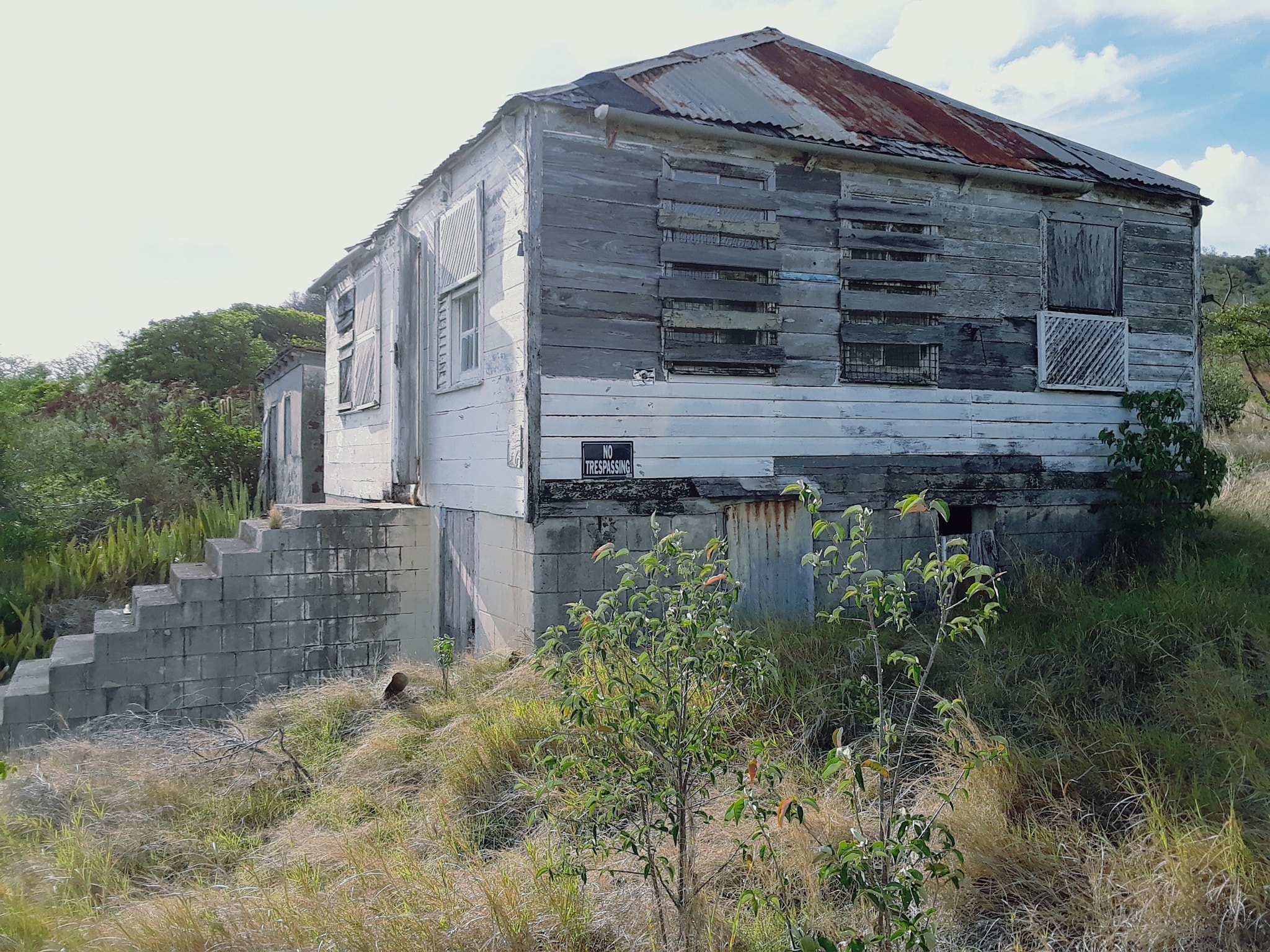NOTE: Last year, after I bought a scanner to digitise my 35mm film negatives and old prints, I discovered a box full of developed Fujicolor Nexia Smart APS ISO 200 canisters. I was excited when I found a roll containing images from the last time I visited the land of my birth. I quickly sent off the rolls to be scanned by ScanSafe in their Noritsu Koki EZ scanner. I apologise for the quality of the images. I was technologically ignorant of photography then and bought into the hype behind APS (compact and easy) without understanding the downsides (low quality, expensive). The APS canister was in poor condition in my basement and didn't age well. I was also an inexperienced photographer, and whatever point-n-shoot thingy I put these rolls through was cheap. Here are the images and as much as I can remember about our trip.
Decades ago, in August 1998, Bhavna were in Antigua for my younger brother’s wedding. A few days after the wedding, we hopped on a charter flight to visit St. Vincent to visit Dad and then to Bequia to visit my grandmother. Bhavna had her first chance to experience the islands where I was born and raised.
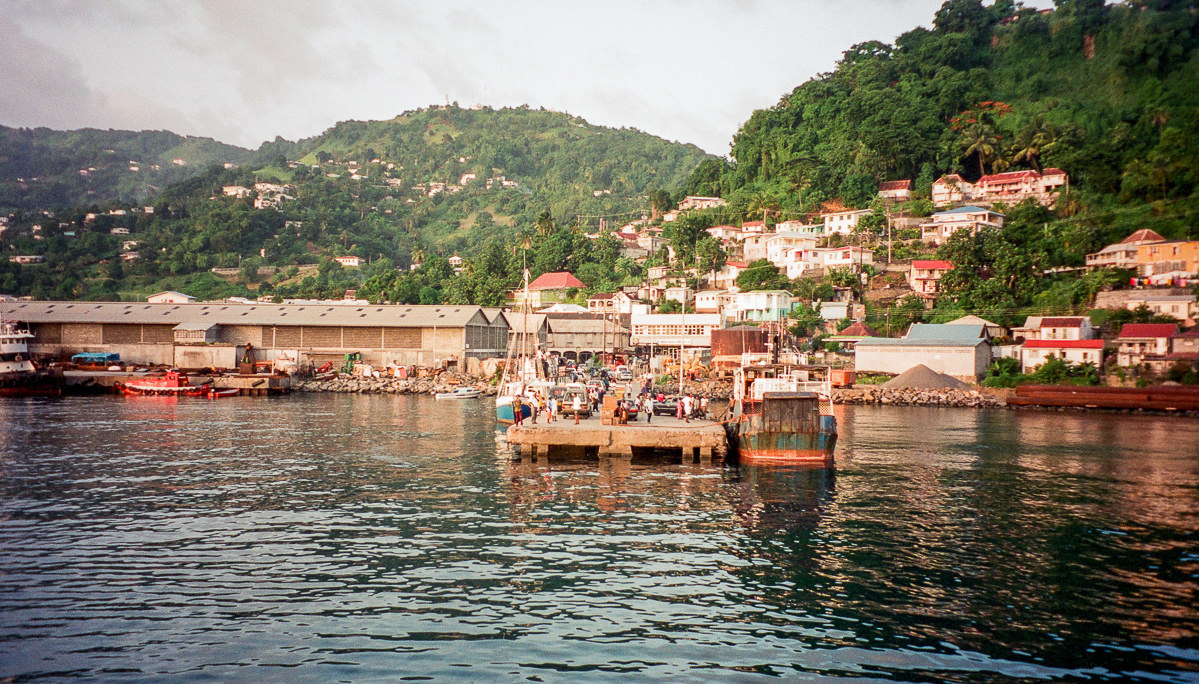
Dad was still a Kingstown branch manager for Barclays Bank, PLC. Bhavna and I stayed with Dad and Mom at the bunkhouse. Barclays always provided housing for senior staff. My parents had rented out the family home on Dorsetshire Hill. We took a few days to explore St. Vincent, but I was excited to get to Bequia. Bhavna had heard so much about this magical island that was lost in time, and I wanted her to meet Mom’s mother, whom I affectionately called “Mama”.
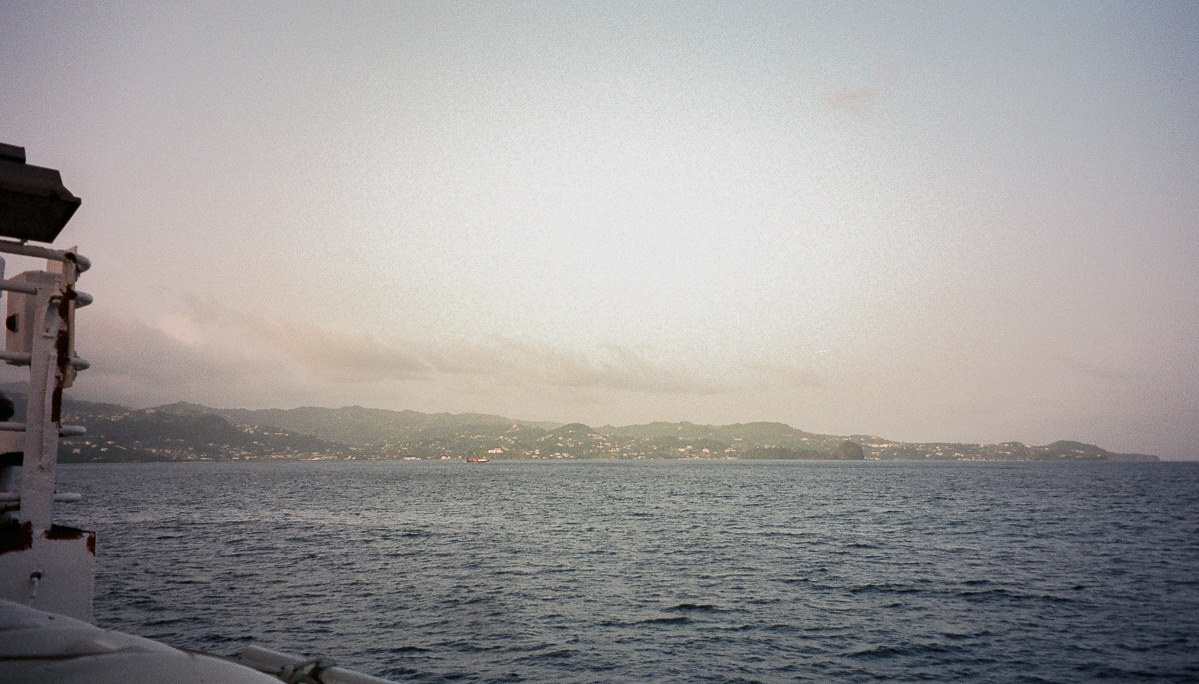
My cousin, Cashena "Suzie" Wallace and her husband, Elvis Gooding, operate Admiralty Transport Company Ltd, one of two ferry services between St. Vincent and Bequia. Around 9 AM, we took the ferry leaving from Kingstown Harbour. Bequia and St.Vincent's are about nine miles apart; depending on the weather, it takes about one hour from port to port.
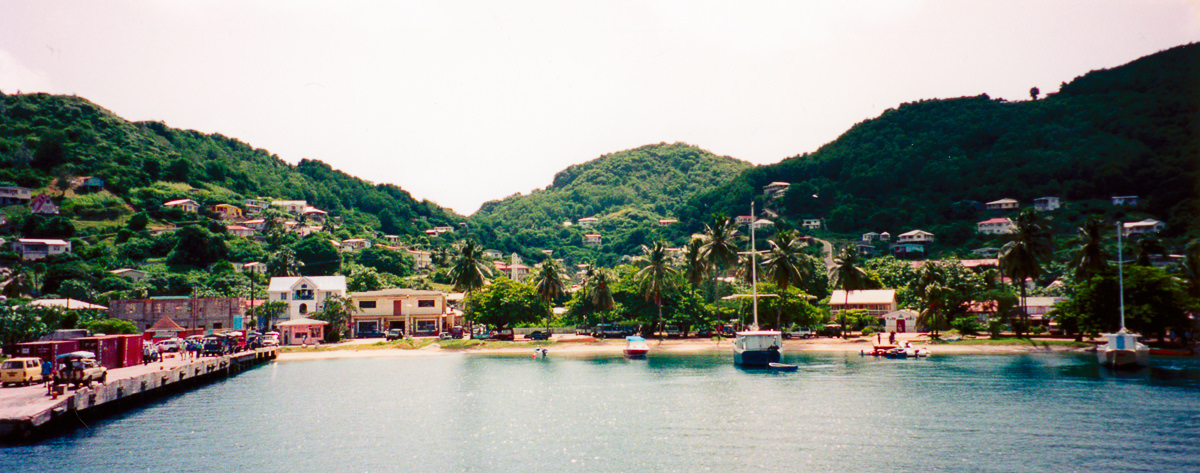

Admiralty Bay is on the sheltered west side of Bequia and is known locally in Bequia as "de Harbour". The horseshoe bay offers good protection from the weather for visiting yachts and local ferries, which run between the Grenadine islands regularly. The capital village of Port Elizabeth is tucked safely in the heart of Admiralty Bay, with a selection of shops clustered along the front street.
As we arrived at the dock at Port Elizabeth, memories of summers long past flooded my mind. The noise level in the ferry increased with the chatter of passengers readying their belongings for departure. Mom's cousin, Emmanuel Corea, who runs a taxi service around Bequia, greeted us at the dock. In Bequia, a taxi is any vehicle that can seat six or more passengers, typically a Kei sized van or minibus imported from Japan. These vans tend to be smaller than the vans in the USA. In between fares, most taxi drivers sit while cooling under "The Almond Tree" near the dock in Port Elizabeth.
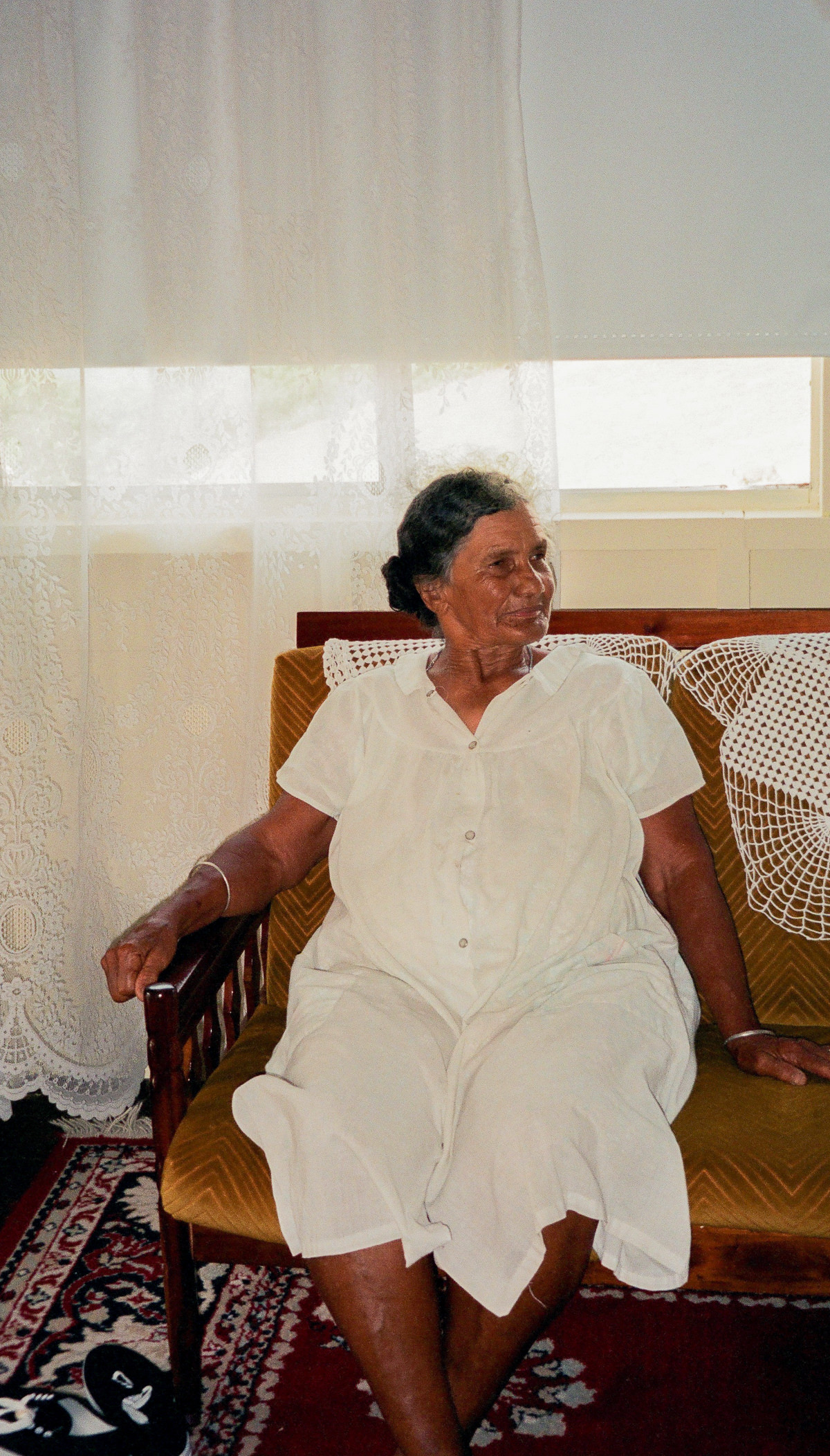
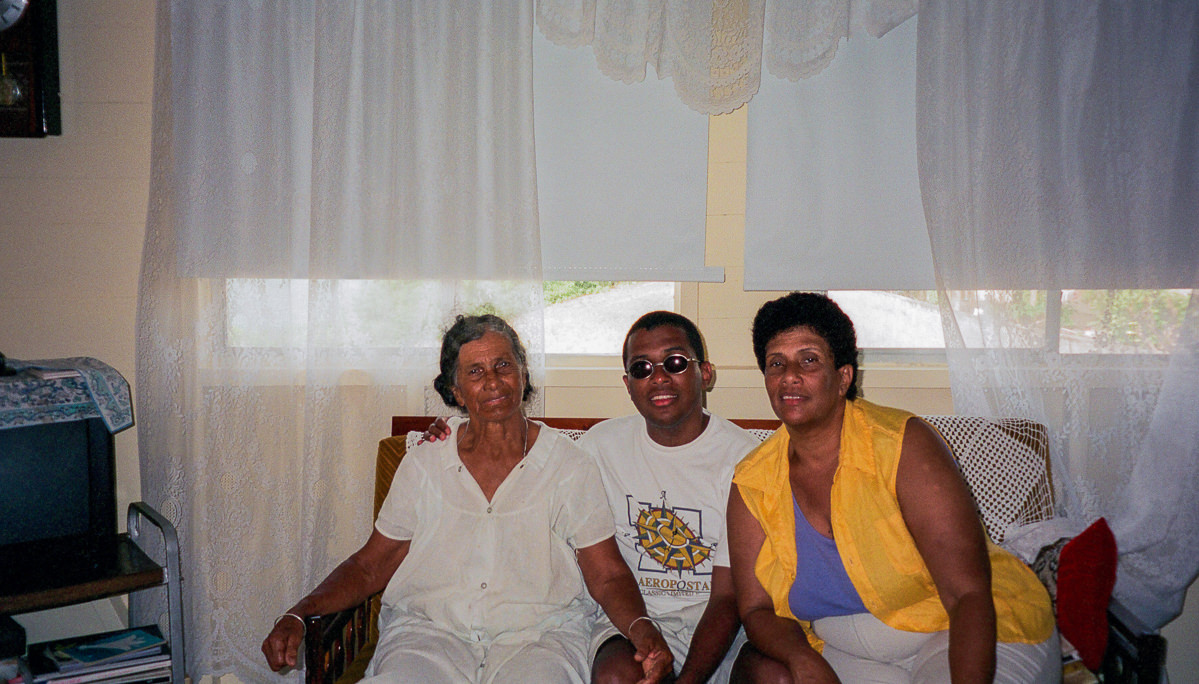
After a 20-minute drive, we arrived at my grandmother's home on the hill near Friendship Bay. Friendship Bay is located on the south side of Bequia with a horseshoe of fine white sand. It is suitable for snorkelling, diving and sailing. The gentle trade winds swept over me. It was great to be home.
I spent most of that week hanging out with my grandmother. Bhavna and I took vigorous hikes to the ancestral home near the mid-section of Monkey Hill. I followed my grandmother around as she tended to her chickens and goats. It was like old times. It's always windy at the top of the hill.
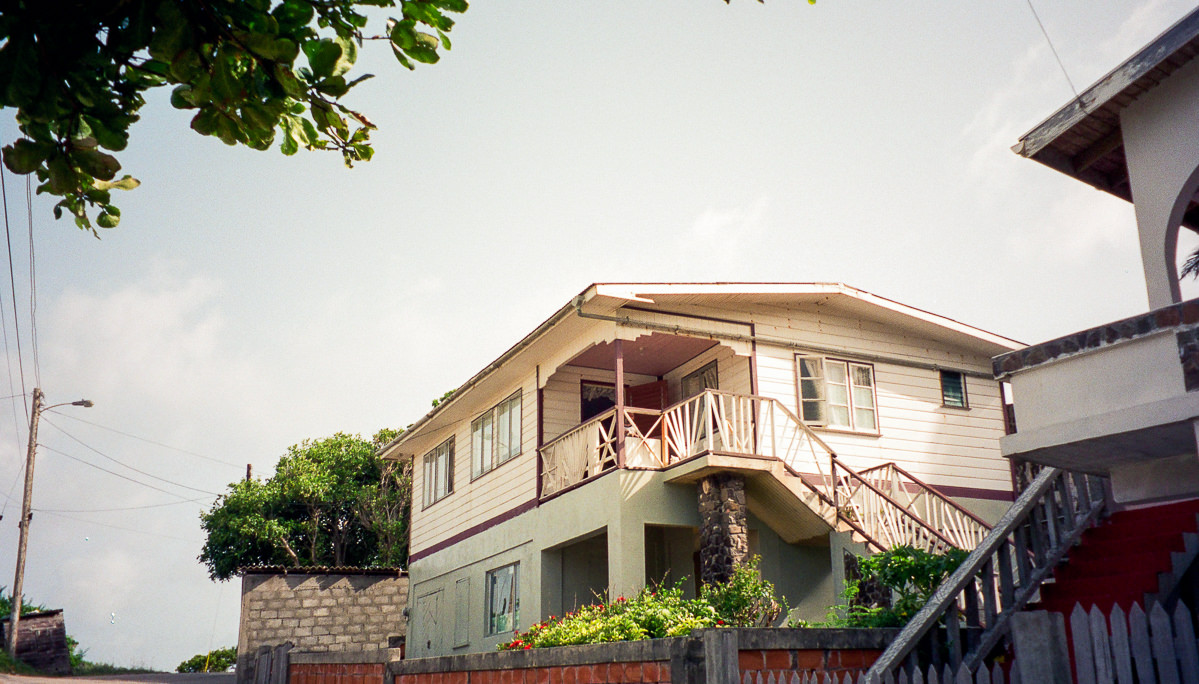

I'm not sure if it was the next day or later that week, but two of Mom's cousins had spent several hours crossing the Caribbean Sea in a speed boat from Grenada (or maybe it was Carriacou) to dive for lobster near Petit Nevis. Carriacou is 60 kilometres (37 miles) from Bequia. I think my ass would be in pain. The next day, Mom's cousins took us to Petit Nevis, a private island my Mom and her family own.
Bhavna enjoyed the cool breezes of the Trade Winds while we hiked around Petit Nevis island. I showed Bhavna where the whalers pulled ashore captured whales for slaughter. She didn't like learning about this part of her family history. I explained that all the family whalers had retired and were focused on nature conservation efforts.
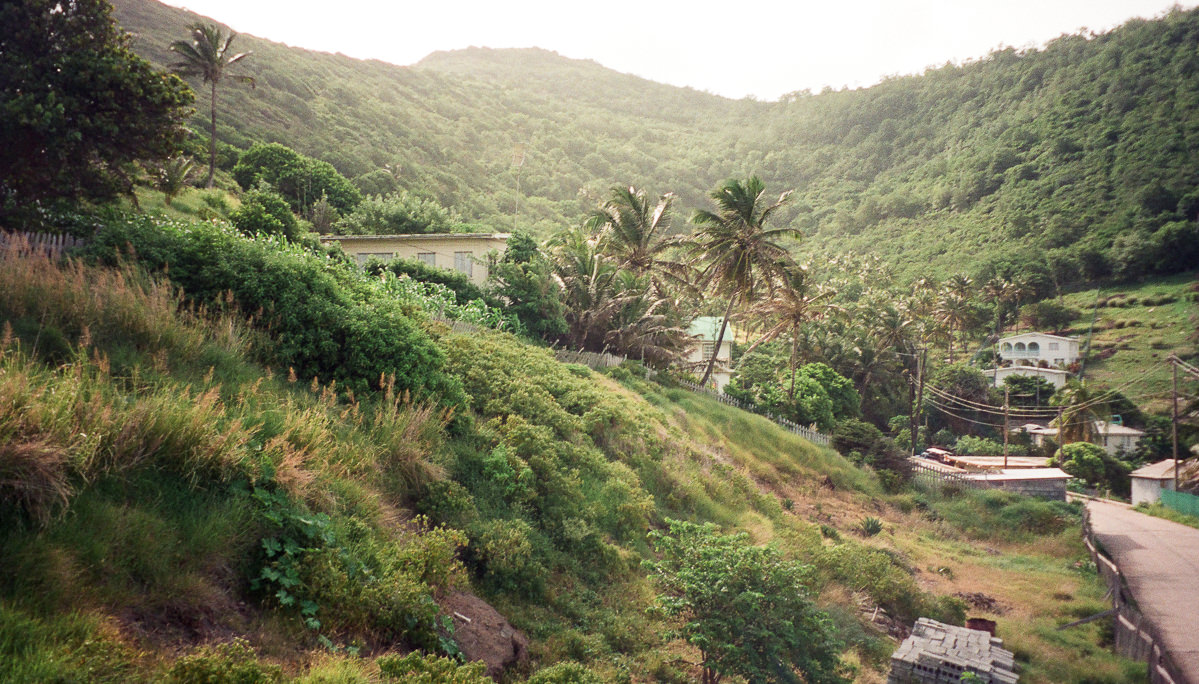
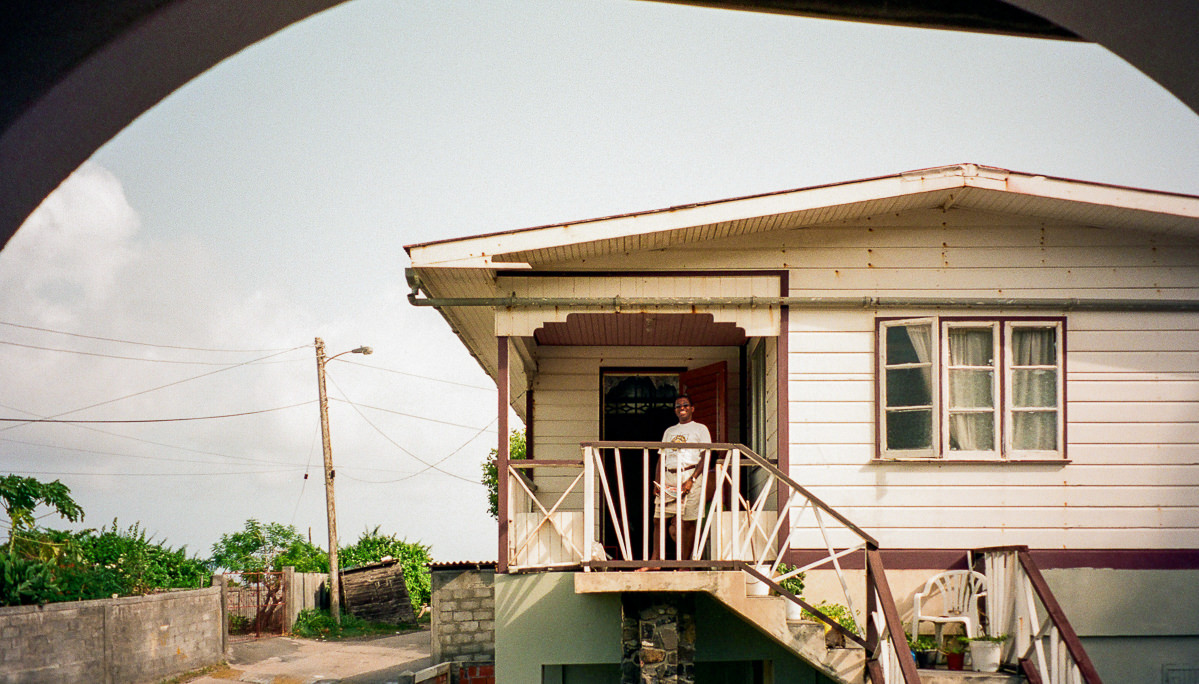
Mom's cousins were successful with their lobster dive, and later that night, I dined on fresh lobster meat while Mom's cousins regaled us with tales of their recent adventures.
Later that week, we visited my great uncle, Athneal Ollivierre (my grandfather's brother), at his home, a part of which is a whaling museum. When I was a lad, Athneal was the most heralded of the Yankee-style whalers in Bequia. He died several years ago, and though my family is no longer involved in whaling, the other whalers have continued the tradition.
Sometime during the week, Bhavna and I visited Spring. Spring Bay is on the Eastern side of the island. It is the quieter and more remote Atlantic side of Bequia, where you will find a few rental villas, former sugar plantations and nothing else apart from the spectacular scenery.
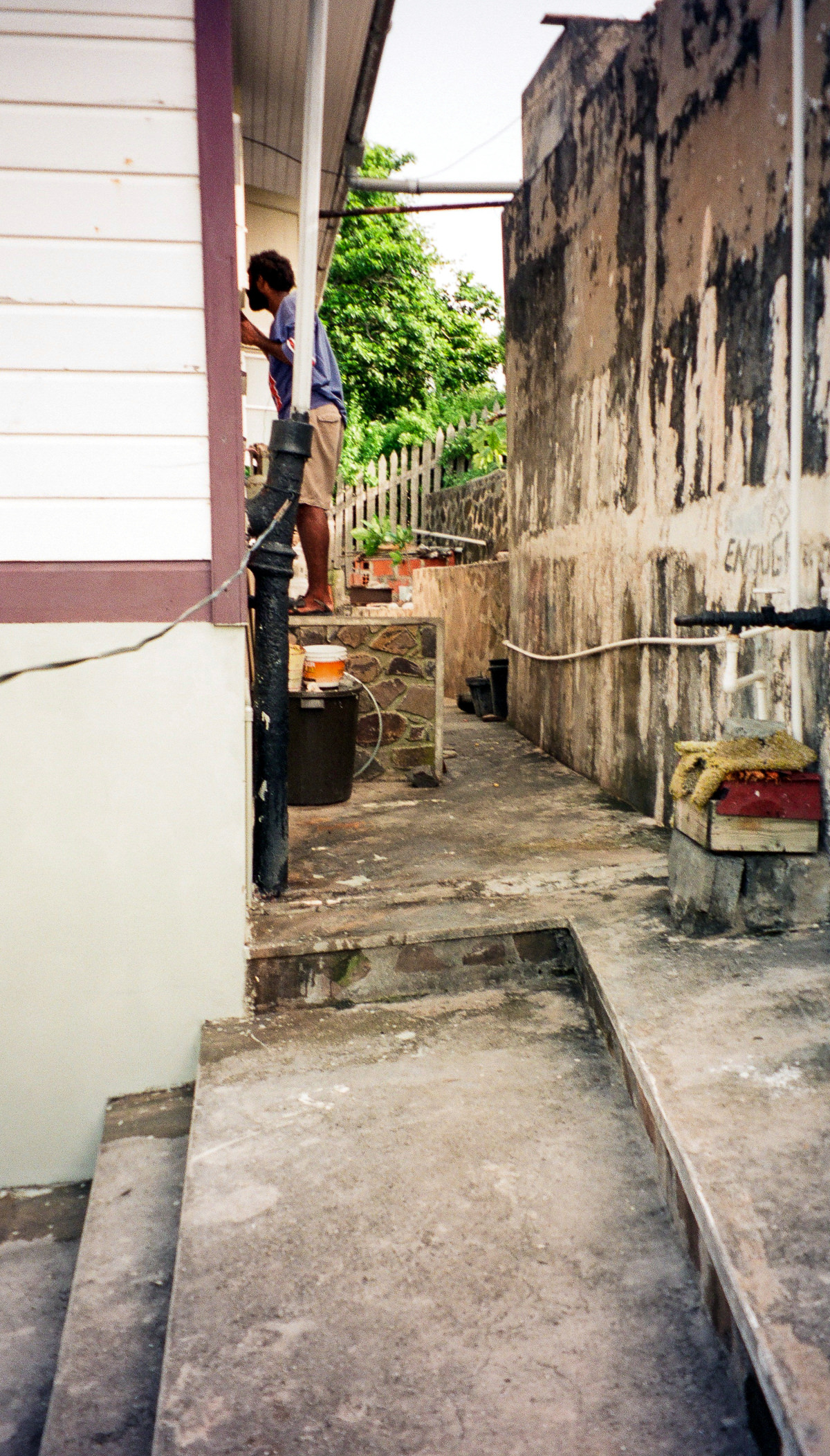
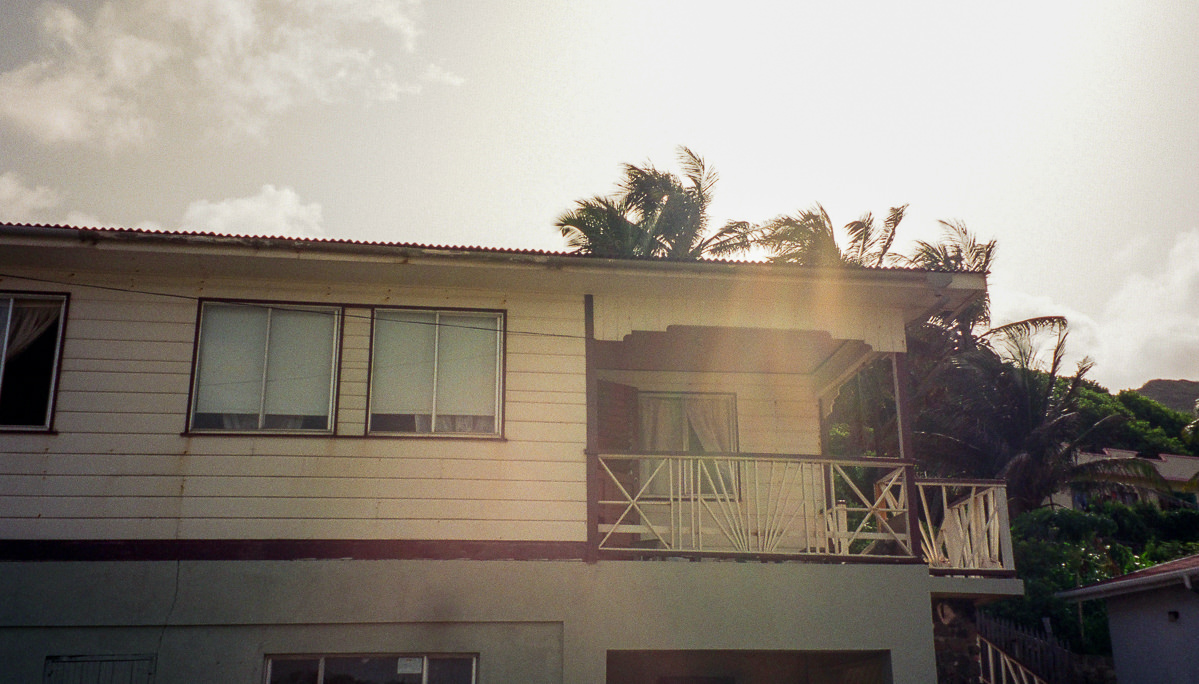
When I was a child living a the Bequia bank house (atop the bank), Mom’s brother, Uncle Errol, would go out crabbing near the northern end of Bequia in an area known as Spring Bay. Spring Bay is on the Eastern side of the island. This is the quieter and more remote Atlantic side of Bequia, where one will find former sugar plantations and palm tree-lined scenery. My mom would wake me up just before dusk, make sure I had some breakfast (bakes and saltfish), and get me up into the rear of my uncle’s Land Rover, the back already filled with other people and kids. We would spend the morning chasing crabs in the mangrove at Spring Bay, stuffing them into large "coco sacks" made of coconut coir. Later in the morning, after we returned to the bank house, Mom would spend the morning cooking up crab. I enjoyed those moments, stuffing my face with delicious crab meat.
